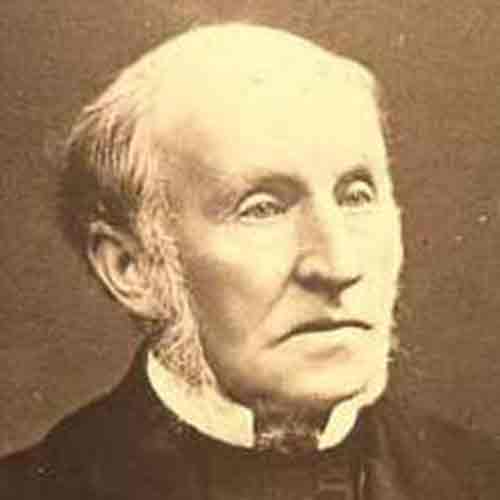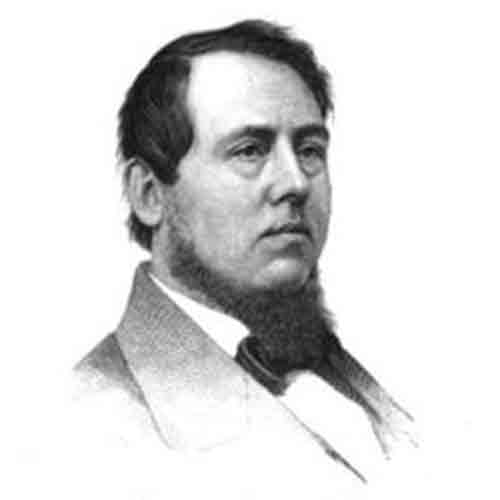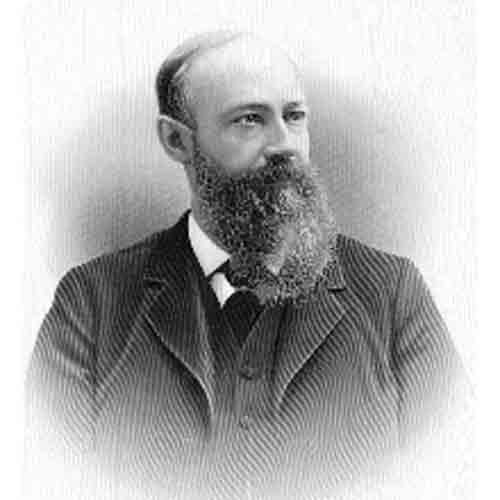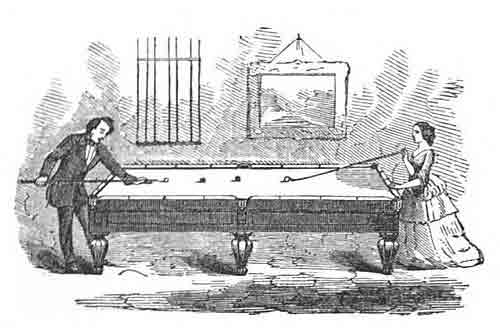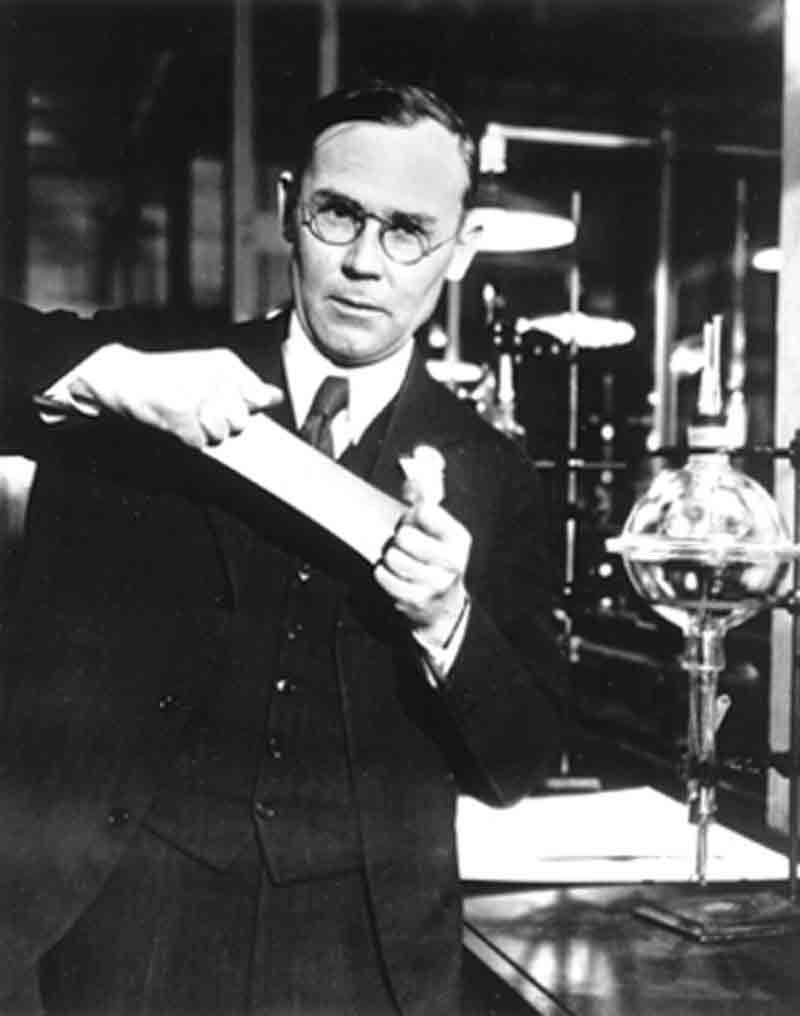Roy's view on plastic
Single-use, that’s where the main problem lies. We don’t need it for every single thing we buy. We are fooled by fancy adverts and clever labels but in reality, we should be educated into leading a more informed lifestyle. Recycling is confusing at best, all councils do it differently and a lot of packaging doesn’t tell us if it’s recyclable or not. It is a minefield and it is getting worse. Reducing plastic is the only safe and realistic option and that has to start at the top. The companies that create the plastics and the companies that demand it for their product. Supply and Demand, a typically human thing.


